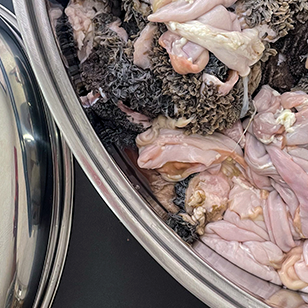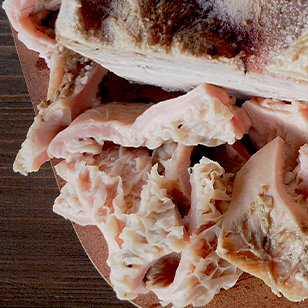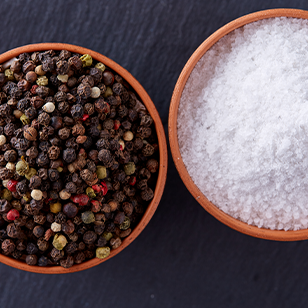For Mogodu:
3 kg sheep mogodu, thoroughly washed and cut into 3cm pieces
1 large white onion, chopped
¾ cup of celery, chopped
2 tablespoons of garlic, chopped
2 tablespoons of olive or canola oil
3 teaspoons of curry powder of choice
3 medium bay leaves
3-4 sprigs of rosemary
6 sprigs of thyme
1 chilli beef stock cube
1 oxtail stock cube
1 litre of water (more if needed)
Salt
2 teaspoons of black peppercorns (more if needed)
For Creamy Samp:
2 cups of samp, rinsed
2 medium potatoes, peeled and cut into quarters (optional)
2 bay leaves
4 tablespoons butter or margarine
3 tablespoons mushroom soup powder
1 cup of cream
1 teaspoon of onion powder
1 teaspoon of garlic powder
Salt and black or white pepper
Water
Mogodu:
Creamy Samp:

Make sure the mogodu is thoroughly cleaned before starting the cooking process. This is a labour of love that needs patience and effort. Some suppliers provide the tripe already cleaned but you still have to do a bit of work just to make sure it's ready for the pot.

You will have to use a sharp kitchen scissors or knife to cut the mogodu into small bite-sized pieces. The shape doesn't really matter. The cutting helps quicken the cooking process and results in more tender pieces.

Be generous with your seasoning. Salt and pepper are your friends because there's nothing worse than bland mogodu. Season the mixture at the start – this ensures that the mogodu cooks in the flavour and absorbs it as the gas does its thing.